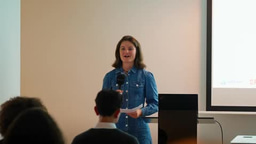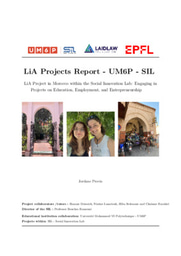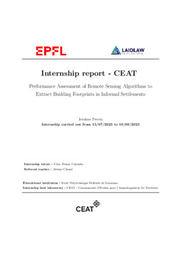Summer Project - Algorithmic performance of remote sensing in informal settlements in Africa
Cities in Sub-Saharan Africa are experiencing significant demographic and spatial expansion, mostly characterized by “informal” urbanization, i.e., the extralegal construction of human settlements that often face material and social precarity. In this context, keeping track of how the form and extent of cities evolve – a basic condition for urban planning – is a challenge. Recently, several remote sensing algorithms have been developed, from open and commercial sources, to detect urbanization and building footprints. The purpose of this study was to assess the accuracy of a selection of such algorithms to extract building footprints in informal settlements through different performance indicators based on spatial analyses. The originality of this research lies in the fact that we have ground-truth data of the selected informal settlements (which is often unavailable), allowing us to confront the outputs given by the algorithms to the actual building footprints. Ultimately, this study raised awareness regarding limitations of remote sensing algorithms when conducting detailed analyses (at small geographic scales). If disregarded, these limitations can have important social impact and consequences for the planning and modernization of these areas.



Please sign in
If you are a registered user on Laidlaw Scholars Network, please sign in